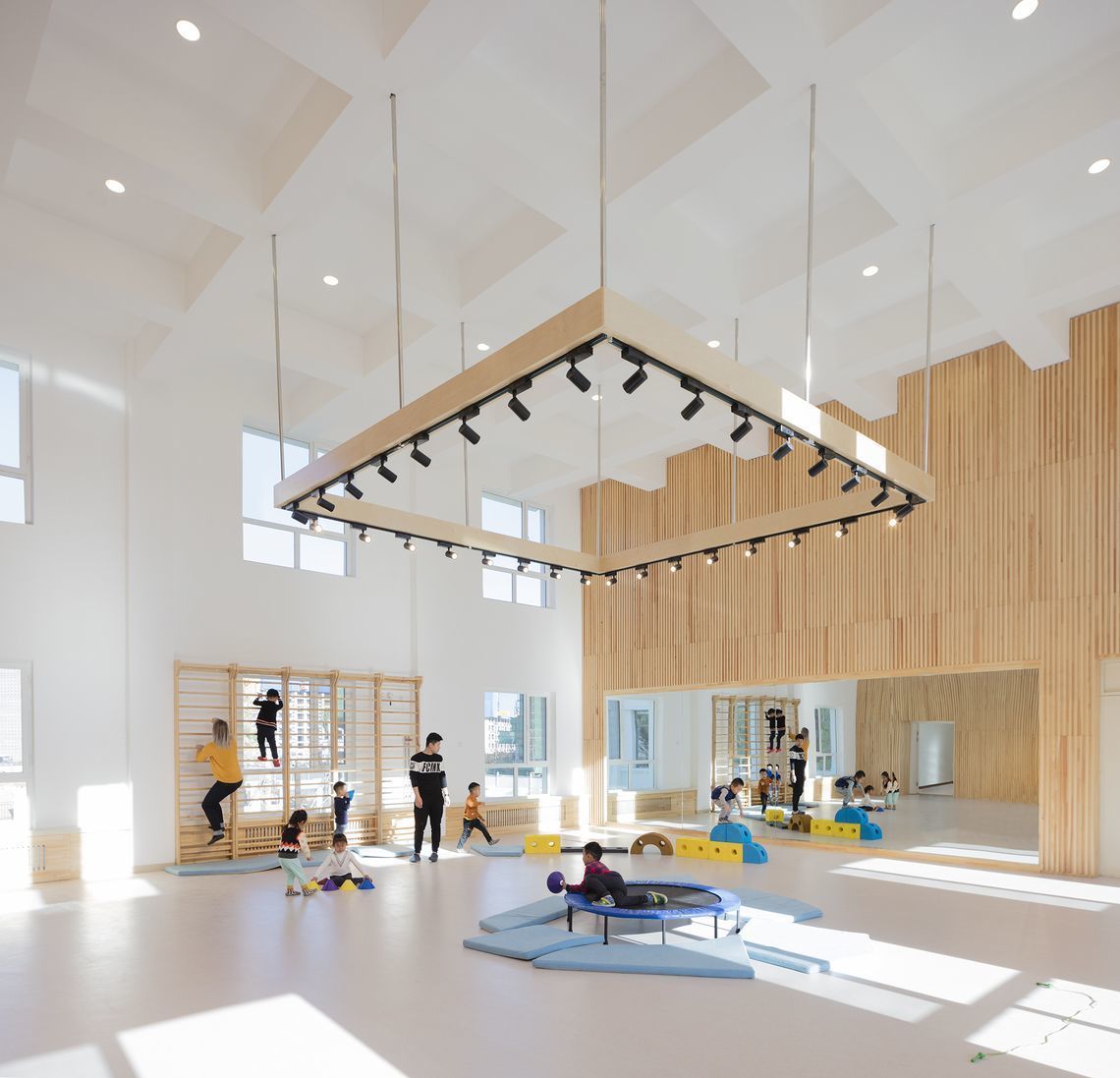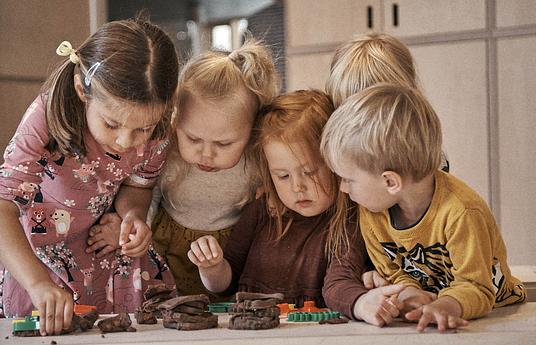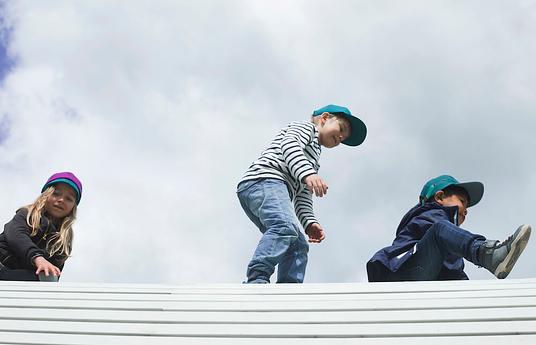The Finns know how to do education. They’re frequently recalled as the pinnacle of contemporary education, a shining example for us all to gaze upon in awe, and a little envy. They understand the importance of play in early years, eschewing literacy and numeracy until children are ready, incorporate outdoor learning into lessons and nurture children to put them and their mental health above the need to prove their abilities through tests.
This education Mecca seems like an impossible feat that the rest of us can only dream of for our children. There are those who argue that this kind of education can only work in a place like Finland, with its small population and socialist policies. Great if you live in Finland, but impossible to achieve elsewhere thanks to rigid education systems and policies that favor teaching to the test over children’s wellbeing.

This rationale would be in place in another era, but not in today’s globalized world. In the age of information and connectability, we can share best practices across borders and incorporate them into our own. It now seems more impossible that these ideas will just stay within Finland. There are even those, like the people behind HEI Schools, who are taking the ideas behind Finnish education to an even more extreme.
‘We realized that there was quite a bit of “positive frustration” regarding the Finnish Education model,’ explains Milla Kokko, CEO and Co-Founder of HEI Schools, an international preschool concept that brings Finnish education to schools across the world. ‘People all over the world recognize the value of the Finnish model and are willing to learn from it, and apply it locally, but there have been very few actual concepts to serve the need – especially when it comes to a full school concept. We wanted to create a simple model, that could be run by local early education operators around the world.’
In a globalized time, it can seem distasteful to take a concept out of its homeland and copy it around the world. We don’t want to lose our individual cultures and customs in a well-meaning attempt to provide every child with a better educational experience. Thankfully, HEI Schools is very well aware of this danger and consciously create schools that take the best elements of the Finnish education system and leave room for local cultures to fill in the rest.
‘It is important to understand that we are not offering Finnish culture, their political system or society as such, but methods and culture of learning,’ explains Kokko. ‘The Finnish model is deeply research-based and scientists around the world share very similar understanding on how children learn.’ This shared knowledge is that stressful exams and schools that focus on ranking children constantly are not conducive to high levels of learning and can produce highly anxious and depressed children. Whereas, education that is based on play, inquiry and transferable skills can lead to more effective learning and better academic learning results, as well as being more holistic for the children.
Naturally, it wouldn’t be a Nordic-based model if design didn’t feature heavily. Well-designed spaces that take into consideration our mental health and needs have been proven to help humanity at all ages and can be a particularly powerful tool to employ in schools. Therefore, of course, HEI Schools views learning environments and space design as a key way of implementing the curriculum. ‘The curriculum is designed to enhance the active participation of children, and we want to make sure that the environment is really enabling that,’ explains Kokko. ‘We create harmonious and beautiful spaces that minimize stress and noise, and offer children and teachers a canvas for building their own learning world. Natural materials and colors together with clear, functional Nordic design heritage are in the core of HEI Schools design principles.’

The future of education often paints a picture of a tech-heavy world, which negates a need for a teacher. For HEI Schools, and the Finnish system, this is neglecting the point of properly trained teachers. ‘The teacher's role in delivering this method is a critical factor. That is why HEI Schools model has the most critical focus in continuous teacher training and in building a strong, global teacher community in HEI Schools around the world,’ says Kokko.
In Finland, teachers are given a much higher level of freedom than in other countries. ‘Teachers have a large amount of autonomy and a fairly small amount of reporting towards school management,’ explains Kokko, noting that this approach is imperative to their own method. ‘HEI Schools’ teacher training focuses on encouraging teachers to be creative and confident professionals in their work, to always take the child’s perspective first and to view their work as a constant learning journey for themselves as well. Our job is to help them to grow into strong and resilient educators, who view training and learning as an ongoing process. That is why we never stop the teacher training in HEI Schools, it is a part of teachers’ work and life – every day.’
One of the benefits of being in a globalized world means that we can share ideas and best practices to accelerate positive change. The global community that HEI Schools creates through its model means that teachers continue to improve their practice in an organic way. With schools across the world, including China, Australia, Argentina and Bahrain, HEI Schools is creating their own global community as well as local communities from which their staff can draw inspiration from and collaborate with. ‘We have started to follow the local learning communities forming around children and the global teacher communities forming around pedagogical professionalism and sharing experiences, challenges, successes and ideas. Even though we are still taking our first steps in these fields, we can already see that they are an extremely valuable part of the whole HEI Schools model,’ explains Kokko.
Rather than relying on tests to show them the effects of their approach on the children, a child’s progress is observed from three different perspectives; the child’s own, the parent’s and the teacher’s. For HEI Schools, success looks very different to how many other results-focused schools may view it, ‘The purpose of HEI Schools’ approach is to make sure that each child can grow to fulfill their own potential and be prepared for their lifelong learning journey,’ adds Kokko.
Of course, this high level of education doesn’t come cheap, but HEI Schools recognizes this and is focused on reaching as many children as possible. ‘We are working on different kinds of models and also reaching out for partners (like foundations, impact funds and organizations like the World Bank), who could fund the education for the neediest children through our HEI model,’ says Kokko. ‘Our mission is to offer high-quality early education for as many children and families in the world as possible – not for the few, but for the many.’ The next phase of HEI Schools is focusing on Asia, the Gulf and the US, with their aim to secure their first school in North America in 2019.
Education traditionally happens in silos, whether it’s because of restrictive policies or simply because teachers are alone in their classrooms. Our globally connected world means we can share ideas across our oceans and help to reach more children with an educational environment that supports their early developmental needs. HEI Schools have found a way to bring the best qualities of Finnish education to the world, without compromising on quality or enforcing Finnish societal norms on different cultures. From their design principles, to their approach to teacher training, to the holistic curriculums they create, HEI Schools approach shows how we can bring the best elements of education to children in any country. The example how our global education community can thrive in these uncertain times and how to help prepare our youngest children for any future that awaits them.
Photo Credits: Kim Öhrling
Learn more about HEI schools by checking out their Innovation Page.



